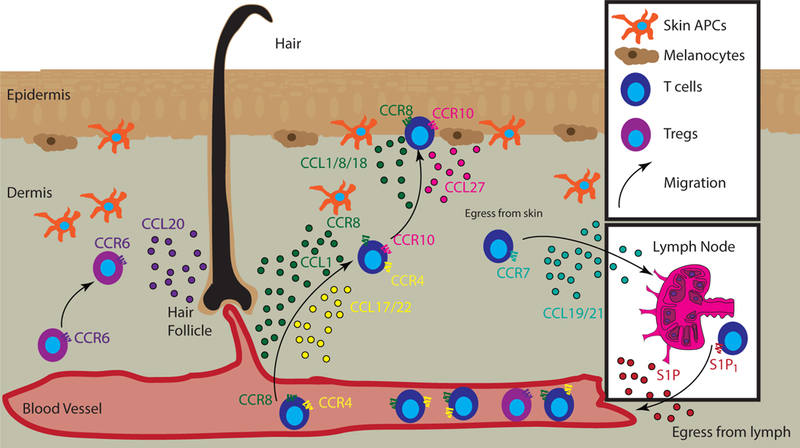Figure 1. Homeostatic chemokines mediate T cell migration to and through the skin.

T cells (blue) that express CCR8 and/or CCR4 follow their respective ligand gradients, CCL1 (green dots) and/or CCL17/CCL22 (yellow dots) to enter the dermis, respectively. Epidermal positioning is mediated by CCL1/CCL8/CCL18 (green dots), which all bind to CCR8 on T cells. This second step of migration can also be mediated by CCL27 (pink) and its receptor CCR10. CCL20 (purple dots) is produced predominantly near the hair follicles, and serves to recruit and retain CCR6+ Tregs. T cells expressing CCR7 and CD62L follow CCL19/21 (turquoise) to exit the skin and enter the lymph node via afferent lymphatics. S1P1 mediates egress from the lymph node to the blood via an S1P gradient (red).
